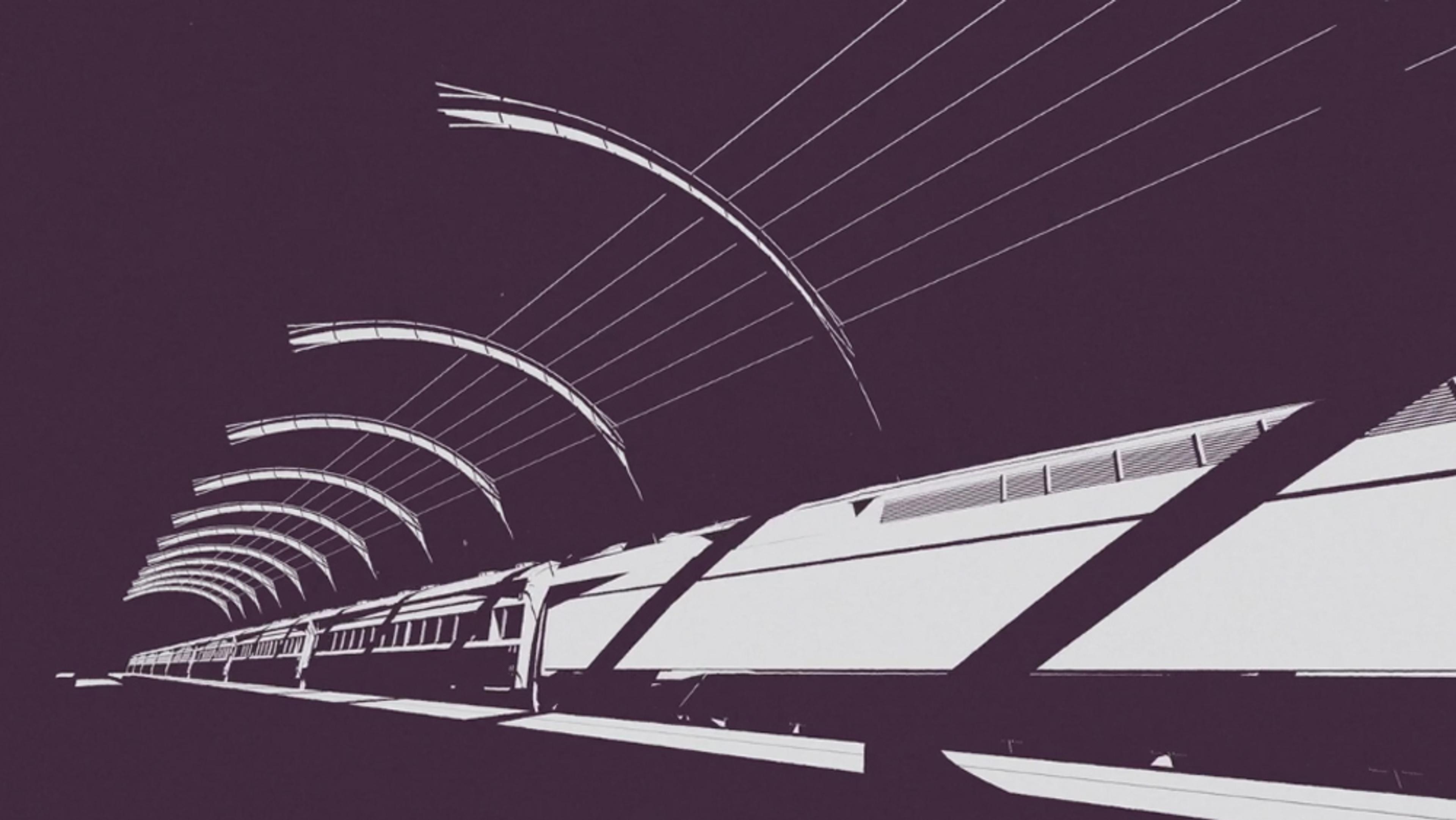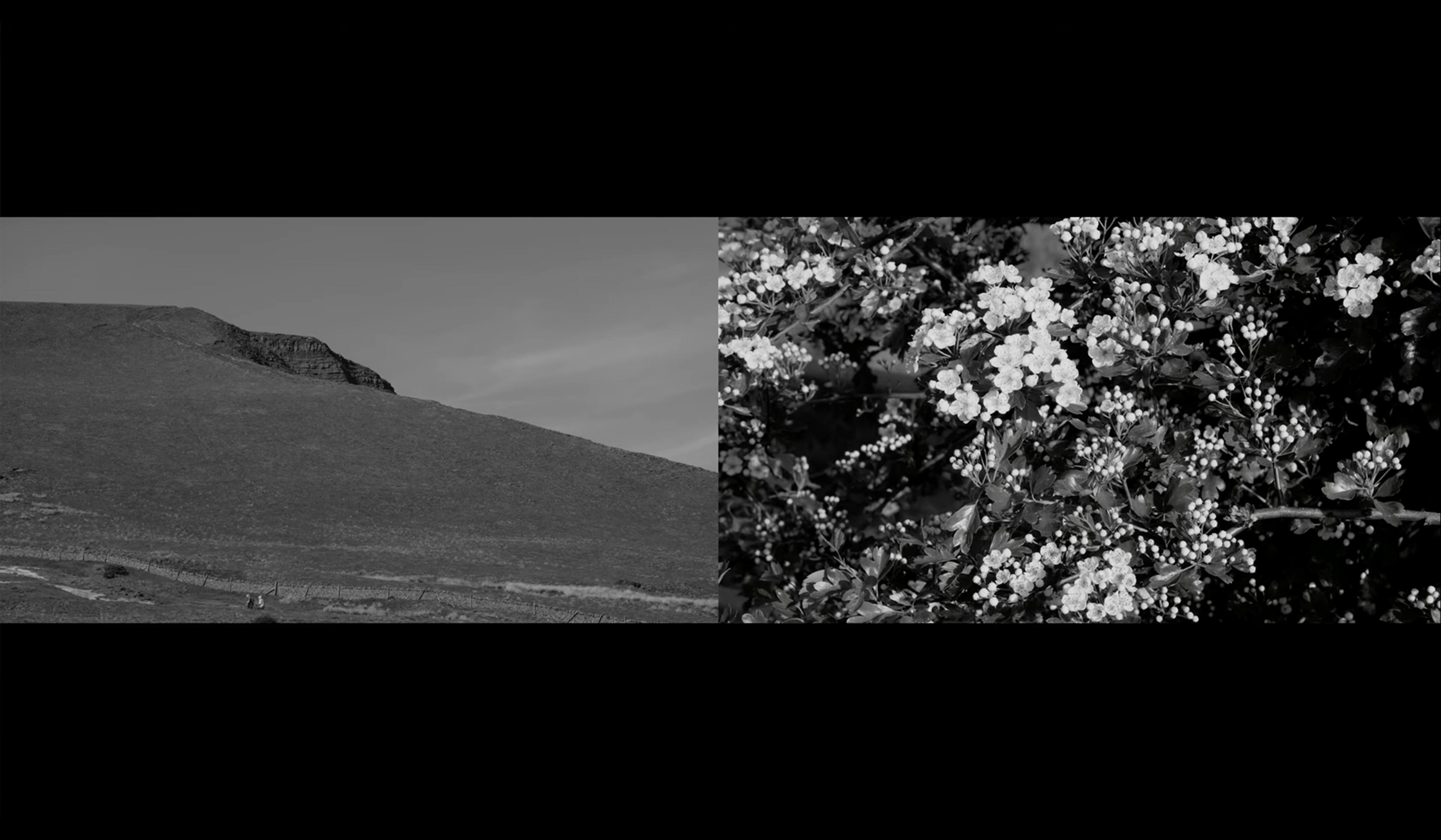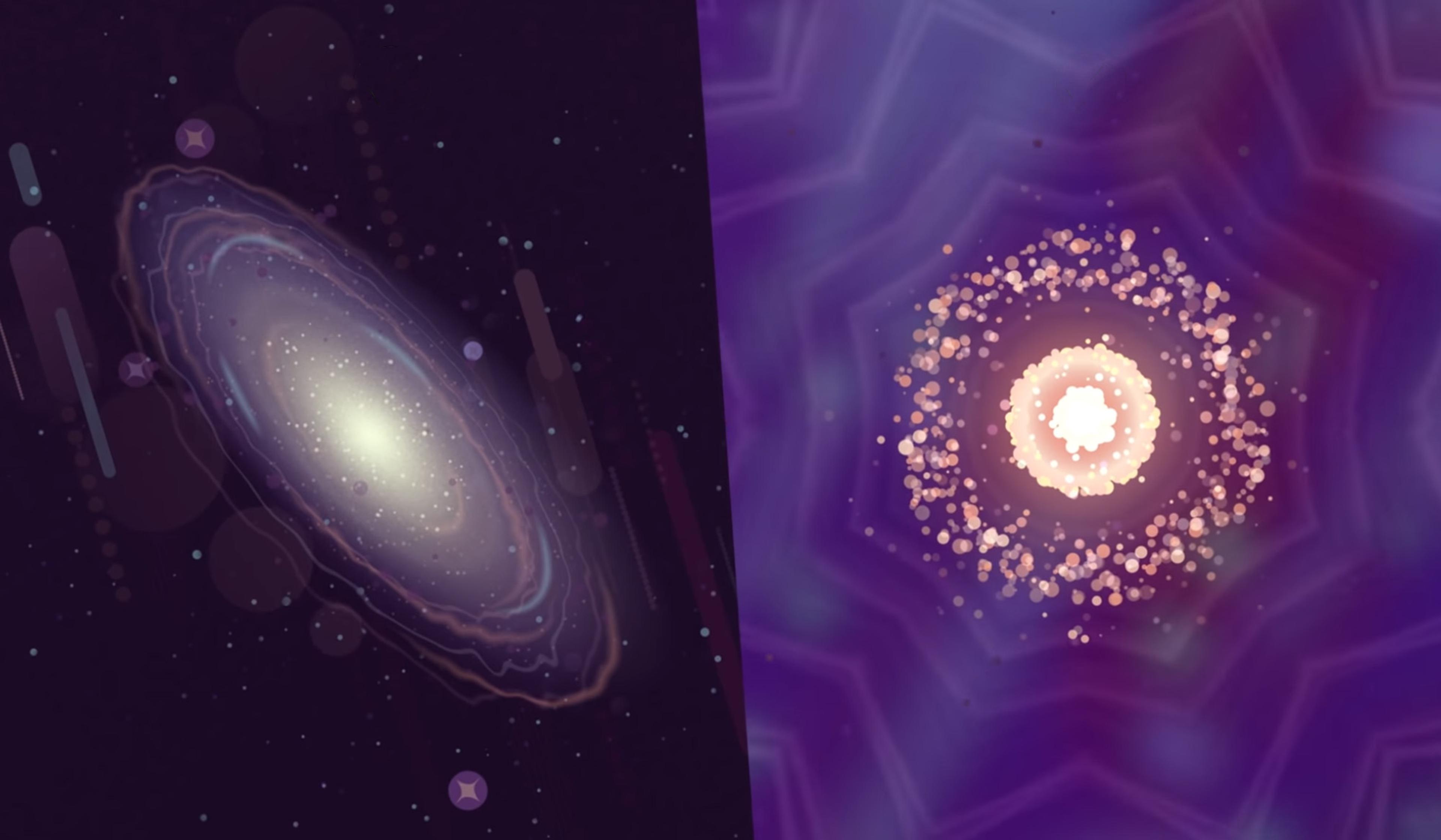Can colour be understood geometrically? If so, what’s the best way to map it out, capturing the variables of hue, brightness and saturation? These questions have deep implications for art, physics and perception, and have been pondered for centuries. In this extraordinary dive into how thinkers from Isaac Newton to today have mapped colour, the French video essayist Alessandro Roussel of the YouTube channel ScienceClic makes the case that there’s not just one way to map colour in two or three dimensions, but many – each of them communicating different truths about the nature of the phenomenon. To capture the mutable nature of colour in the human experience, and our always-evolving understanding of it, Roussel concludes with the fascinating story of ‘olo’ – a new ‘impossible colour’, outside of the usual visible spectrum, which scientists were only recently able to produce in the laboratory.
After centuries of trying, we’ve yet to arrive at a perfect way to map colour
Video by ScienceClic
Director: Alessandro Roussel

videoKnowledge
Can you know everything about colour if you see in black and white? A thought experiment
5 minutes

videoMathematics
How a curious question about colouring maps changed mathematics forever
9 minutes

videoPhysics
Imagining spacetime as a visible grid is an extraordinary journey into the unseen
12 minutes

videoPhilosophy of mind
Anil Seth on why our senses are fine-tuned for utility, not for ‘reality’
10 minutes

videoNeuroscience
How perception leaves the door open for augmented reality to transform our world
4 minutes

videoHistory of ideas
Splitting the truth: the philosopher that physics forgot
4 minutes

videoBeauty and aesthetics
For Ruskin, words couldn’t capture nature’s palette. So here it is in black and white
6 minutes

videoMathematics
Snowflake formulas, dice odds and other satisfying maths of the everyday
2 minutes

videoPhysics
There’s a striking link between quantum and astronomic scales. What could it mean?
5 minutes